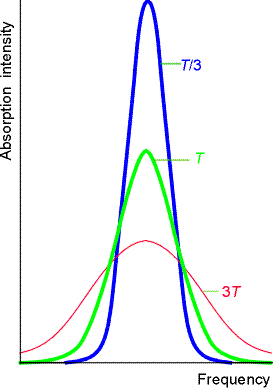ASTRONOMY 402T – Spring 2018
Problems for Tutorial Week #3
For all tutorial assignments you should come to your tutorial session prepared to work quantitative problems on the board. Bring your calculator so we can review and correct any errors. Remember to leave adequate room on your submitted work for your in-class additions, and for me to write comments and corrections. Thanks!
1. Imagine a cold neutral cloud of atomic hydrogen at T=300K in pressure equilibrium with a warm, ionized hydrogen medium at T=10,000K having an electron density of 0.3 cm-3. Considering only thermal pressure, calculate the required density in the cold neutral cloud.
2. For a hydrogen atom to emit a Lyman α photon (1215A), an electron must start out in the first excited state (n=2). Assume that all hydrogen atoms have their electrons in either n=2 or n=1.
a) Calculate the temperature required if we want 1/3 of the total number of atoms to have their electrons in n=2.
b) Calculate the temperature required if we want 1/2 of the total number of atoms to have their electrons in n=2.
c) Realistically, do you expect strong Lyman α emission at these temperatures? Why or why not?
d) What kind of spectrum might you expect from the hydrogen in these cases?
3. We saw in class that the average time between electron collisions in an H II region is only about a nanosecond, resulting in a reliably Maxwellian velocity distribution that allows us to understand the kinetic temperature in the gas.
a) Do an analogous calculation for the protons: what is their average collision time? Do you think they are likewise Maxwellian? (Take the electron collision time as 1 nanosecond; you can do the calculation proportionally; you don’t need to know the specific value of the temperature or density.)
b) Can you generalize in terms of gas density and temperature the conditions under which a MB distribution is more likely? Less likely?
4. A standard way of defining the width of an emission line is to use the full-width at half-maximum:
In reality, a line profile is the result of several processes and effects. Here we will assume a Gaussian shape and assume that the profile is due only to the motions of the atoms in the gas. For a gas of atoms moving with a thermal energy distribution, the line has a “Doppler profile,” and the FWHM can also be called the “Doppler width.” More details on the Doppler profile can be found here. The FWHM, Δλ, of a spectral line emitted by such a gas is related to vaverage, the average speed of the atoms producing it by:
Δλ/λcenter = 2vaverage/c.The higher the temperature of the gas, the broader the FWHM:

The Doppler width arises from the differing radial velocity components of the emitting atoms. These differences are due to both the atoms’ varying directions of motion in the gas and the distribution of speeds among the atoms. You learned in class how the temperature is related to the average kinetic energy of the particles in the gas and that equipartition of energy mandates that all kinds of atoms have the same average kinetic energy.
Now imagine you have a nebula with a typical composition: let’s say it contains H, He, C, N, O, Ne, S, and Ar, and all of these elements produce observable emission lines. Assume that the nebula is isothermal (all at the same temperature). Also consider only the nuclei of the atoms; ignore electrons.
a) At a temperature of 10,000K what is the average kinetic energy of a hydrogen atom (i.e. a proton)? A helium atom? All the kinds of atoms in the nebula? Express your answer in Joules and eV.
b) At a temperature of 10,000K what is the average speed of a hydrogen atom (i.e. a proton)? A helium atom? A sulfur atom? (To do this calculation, assume that the square root of the average v2 equals the average v.) Express your answer in m/s and km/sec.
c) Describe quantitatively the trend in Δλ/λcenter values from emission lines that would be produced by H, He, C, N, O, Ne, S, and Ar.
d) Now turn the calculation around and describe precisely how you could use line width measurements in principle as a nebular thermometer. Which element’s lines would you want to observe?
5. Start with the Planck function expressed in terms of frequency, and show how to convert it into the analogous function expressed in terms of wavelength.
